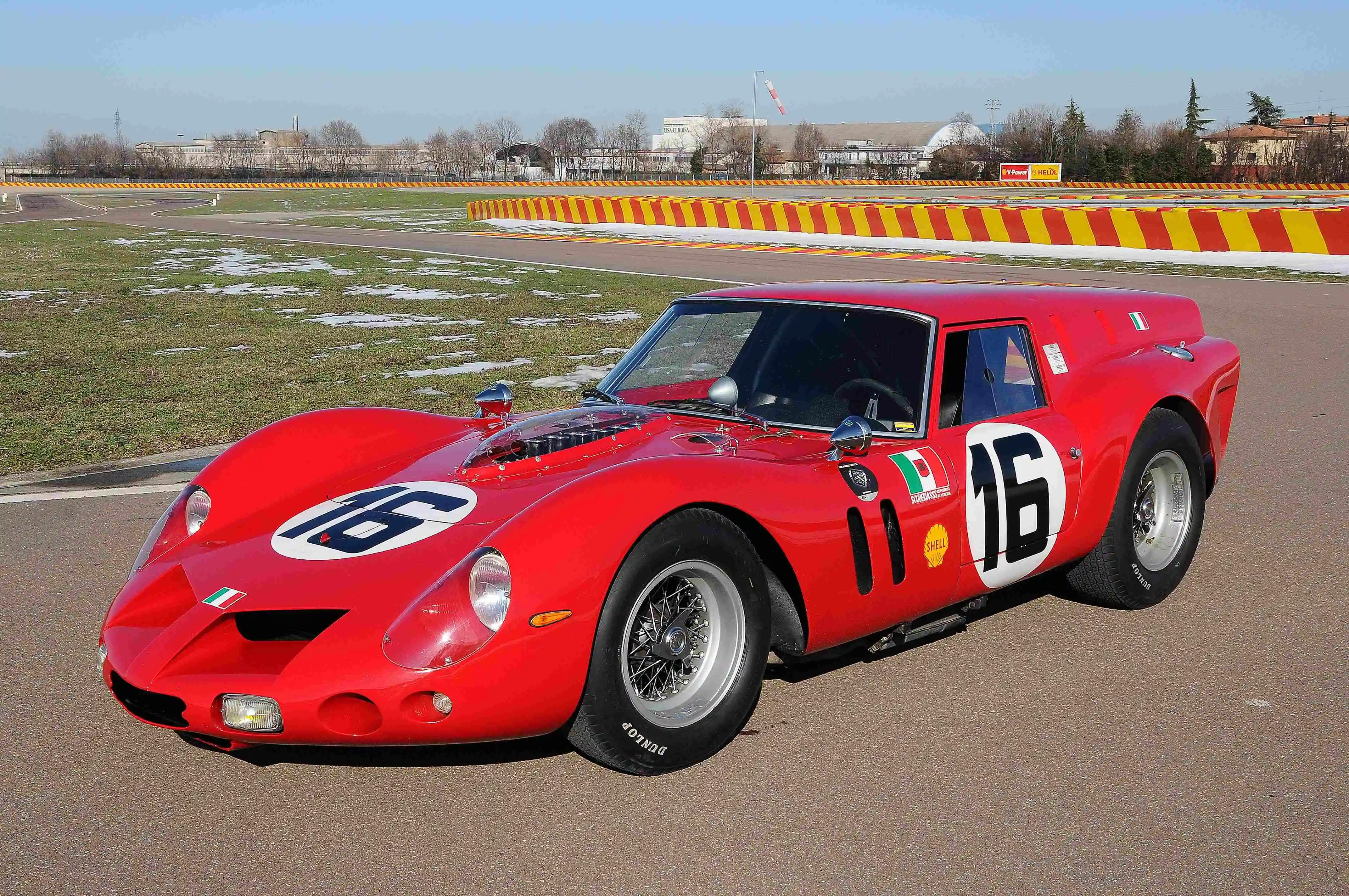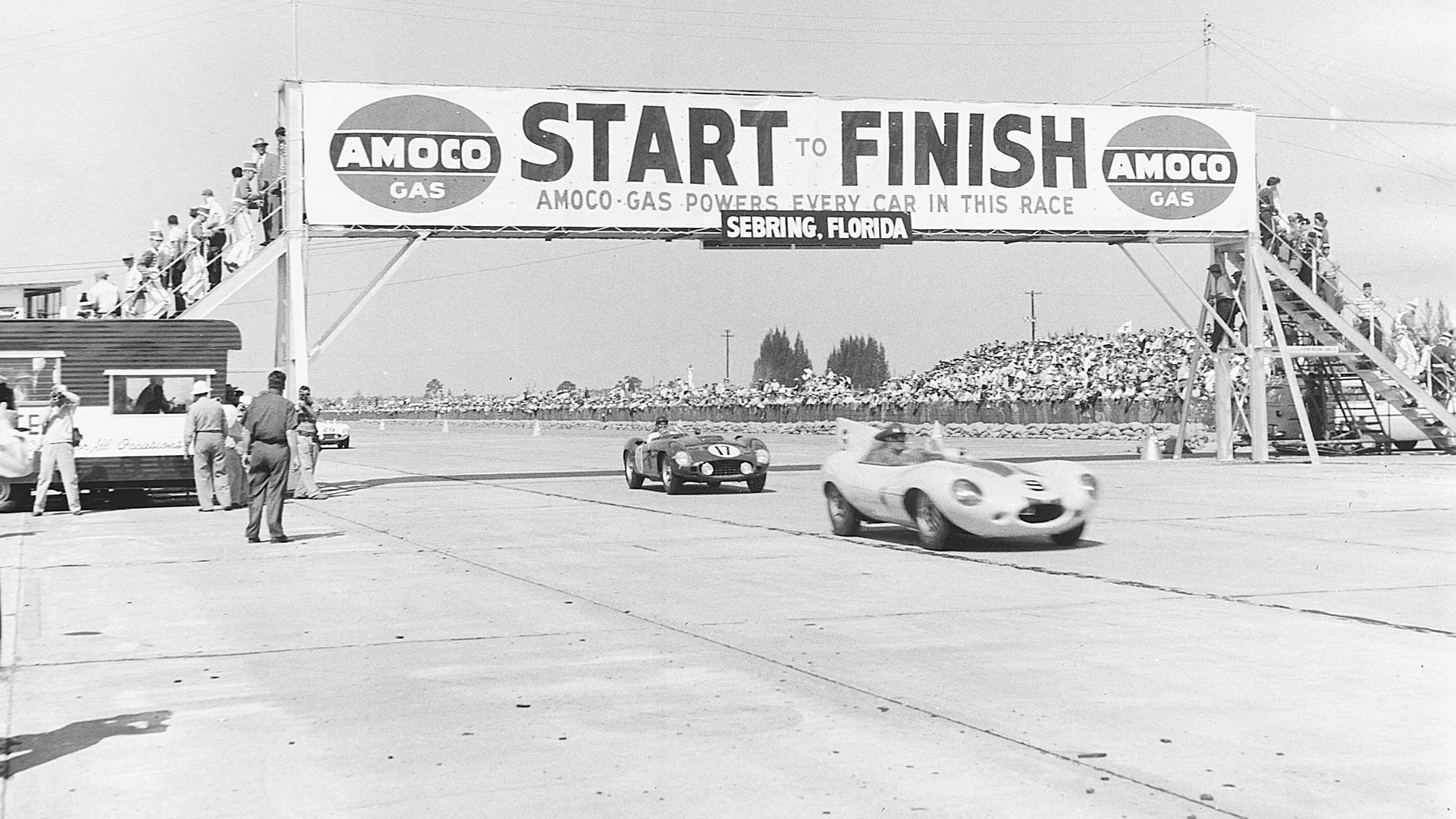The Nostalgia of Forgotten Gods. Tecno, Italy, 1966 - 1973
27 January 2024 3 min read 3 images

Photo credit: Wheelsage
There are brands that fade from fame to obscurity without a clear reason. Among these, the Italian Tecno is a classic example. After securing three consecutive World Karting Championships, Tecno launched its first racing car for Formula 850 in 1966. The Pederzani brothers, Luciano and Gianfranco, had the visionary insight to base the project on their now-famous karts: a short wheelbase, central fuel tank, and straightforward design. The car immediately proved competitive, leading to the development of a single-seater for the lucrative international Formula 3 market. The new car, completely different in concept and aesthetics from the dominant Lotus, Lola, Brabham, and Chevron cars, achieved immediate success with Jean-Pierre Jassaud, who, practically on his debut, won the most important race of the year in 1968: the Formula 3 GP, a highly coveted event on the Saturday of the Monaco GP.

Young drivers soon caught "Tecno fever": many chose the Bolognese single-seaters over the established English models. Renowned racers like Ronnie Peterson, François Cevert, Clay Regazzoni, Patrick Depailler, Nanni Galli, Jean-Pierre Jabouille, and Arturo Merzario all contributed to Tecno's triumphs. These drivers eventually moved on to Formula 1, but in those years, the gateway to the top championship required an additional step: Formula 2. The genius of F2 lay in the fact that, at every race of the European Championship, four F1 champions raced alongside emerging drivers, with the likes of Graham Hill, Jochen Rindt, and Jim Clark on the starting grid.

The Pederzani brothers, confident in their car's potential, did not hesitate to take another step forward. Based on their F3 experience, they created an F2 car that quickly proved to be highly competitive. Its design was straightforward, with a solid steel tube frame and excellent handling. In 1970, the likeable and exuberant Swiss driver Clay Regazzoni won the European Championship, the pinnacle of this Formula. In just three years, the Pederzanis had won everything. Only one step remained: Formula 1. However, some steps are higher than others and require significant financial resources and organizational skill. Moreover, designing and creating a flat 12-cylinder engine was a high-stakes gamble. Despite creating a commendable single-seater with Martini's backing, which even scored points in the Belgian Grand Prix, it wasn't sufficient for sustained success. And so, the sun set on Tecno. Today, it's regrettable that the memory of this glorious brand and its ingenious cars has also faded. That's why we place it in pole position in our new column on brands that must never be forgotten.

CLASSIC CAR MATCHER


